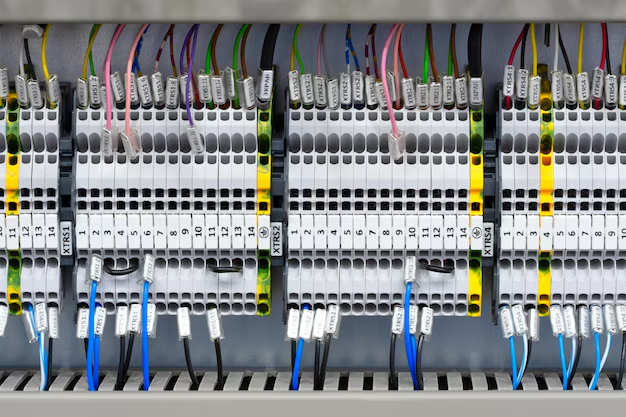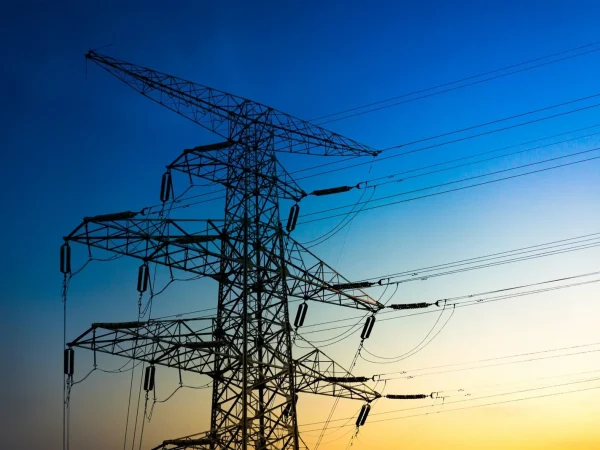Load Flow Study

A Load Flow Study is indispensable for electrical engineers, enabling strategic decision-making for system reliability, cost savings, and operational efficiency through advanced simulation tools and industry best practices.
A Load Flow Study, also known as a Power Flow Analysis, is an essential assessment for planning, designing, and operating electrical power systems.
By identifying voltage levels, power flows, system losses, and potential overloads, this study enables engineers to ensure the reliability, efficiency, and safety of power systems. In an era of growing energy demand and the integration of renewable energy sources, Load Flow Studies are more important than ever for building resilient and sustainable electrical networks. Leveraging advanced simulation tools and industry best practices, engineers can make informed decisions that drive cost savings, operational efficiency, and long-term system reliability.
It evaluates the steady-state performance of generation, transmission, and distribution networks under various operating conditions. Load Flow Study is crucial for identifying voltage levels, power factors, system losses, and potential overloads, thereby ensuring the efficient and reliable functioning of power systems.
Why is a Load Flow Study Important?
Conducting a Load Flow Study is vital for several reasons:
- Voltage Regulation: Ensures that voltage levels across the network remain within acceptable limits, preventing over-voltage or under-voltage conditions.
- Power Factor Optimization: Helps identify the need for power factor correction devices, such as capacitors, to improve system efficiency.
- Loss Reduction: Assesses areas with excessive power losses, allowing for corrective measures to reduce energy wastage.
- Equipment Sizing: Determines the appropriate continuous rating of electrical equipment, ensuring proper sizing to avoid overloads
- System Expansion: Provides valuable data for planning system upgrades or expansions to accommodate future load growth.
- Contingency Planning: Simulates various operational scenarios to prepare for contingencies like equipment failures or load variations

Key Steps in Load Flow Study
Data Collection
Collect system details (SLD, ratings, impedances, load data).
System Modelling
Use software like ETAP to create an accurate single-line diagram.
Scenario Analysis
Evaluate bus voltages, currents, and power flow under different conditions.
Result Evaluation
Identify abnormalities such as voltage drops and overloads.
Reporting & Recommendations
Provide corrective measures for system optimization

Outcomes & Benefits
- Voltage Profile Analysis: Identifies variations for stabilization.
- Power Loss Assessment: Helps in improving efficiency
- Equipment Loading Verification: Ensures operation within rated capacity.
- System Optimization: Enhances reliability, reduces costs, and improves power quality.
Industry Standards
- IEEE 399-1997 – Industrial & Commercial Power Systems Analysis
- IEEE 3002.2-2018 – Recommended Practice for Load-Flow Studies
